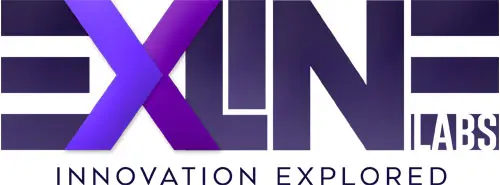Mobile applications have become indispensable tools for businesses looking to drive growth and engage customers on-the-go. However, choosing the right development approach can be a critical decision. In this article, we will explore the key differences between native and hybrid app development and how they can impact your business growth strategy.
In today’s digital landscape, mobile apps have become a vital channel for businesses to reach their target audience and drive growth. However, deciding on the development approach for your mobile app can significantly impact its success. Two popular options are native and hybrid app development. Let’s dive into the characteristics and advantages of each to help you make an informed choice for your business.
Native App Development:
Native apps are built specifically for a single platform, such as iOS or Android, using platform-specific programming languages like Swift or Java. These apps are developed using the native software development kit (SDK) provided by the platform, enabling access to device-specific features and delivering a seamless user experience.
One of the primary advantages of native app development is performance. Since native apps are optimized for a specific platform, they tend to be faster and more responsive. They also have the advantage of leveraging platform-specific features like push notifications, camera integration, and GPS capabilities, enabling you to deliver rich and immersive experiences to your users.
However, native app development can be more time-consuming and costly compared to other approaches. Building separate codebases for multiple platforms requires dedicated expertise and resources. Additionally, maintaining and updating multiple versions of the app can add complexity to your development process.
Hybrid App Development:
Hybrid apps, on the other hand, are built using web technologies such as HTML, CSS, and JavaScript, and then wrapped in a native container. This approach allows the app to run on multiple platforms, eliminating the need for separate codebases. Tools like React Native and Flutter have gained popularity for developing hybrid apps, offering a balance between web and native capabilities.
One of the key advantages of hybrid app development is cost-effectiveness. By sharing a single codebase across platforms, you can save time and resources compared to building separate native apps. Hybrid apps also offer easier maintenance and updates, as changes can be applied universally.
However, hybrid apps may not deliver the same level of performance and access to device-specific features as native apps. They rely on web technologies, which can introduce some limitations and potentially result in a less polished user experience. It’s essential to carefully consider your app’s requirements and functionality to determine if hybrid development is the right choice for your business.
Choosing the Right Approach:
The decision between native and hybrid app development ultimately depends on your specific business needs and goals. Consider factors such as target audience, budget, timeline, desired features, and performance requirements. It may be beneficial to consult with experienced mobile app developers who can guide you in selecting the optimal approach for your project.
Conclusion:
In the ever-evolving mobile landscape, mobile apps are powerful tools for driving business growth. Whether you opt for native or hybrid development, both approaches have their merits and can contribute to your success. By understanding the characteristics and advantages of each approach, you can make an informed decision that aligns with your business goals and delivers an exceptional user experience.
Ready to transform your business through the power of mobile applications? Whether you’re leaning towards the performance-driven native approach or the versatile hybrid development, Exline Labs is here to guide you. Contact us today and let’s embark on a journey to elevate your business with a cutting-edge mobile app. Your success story begins with a single click: Contact Us.

